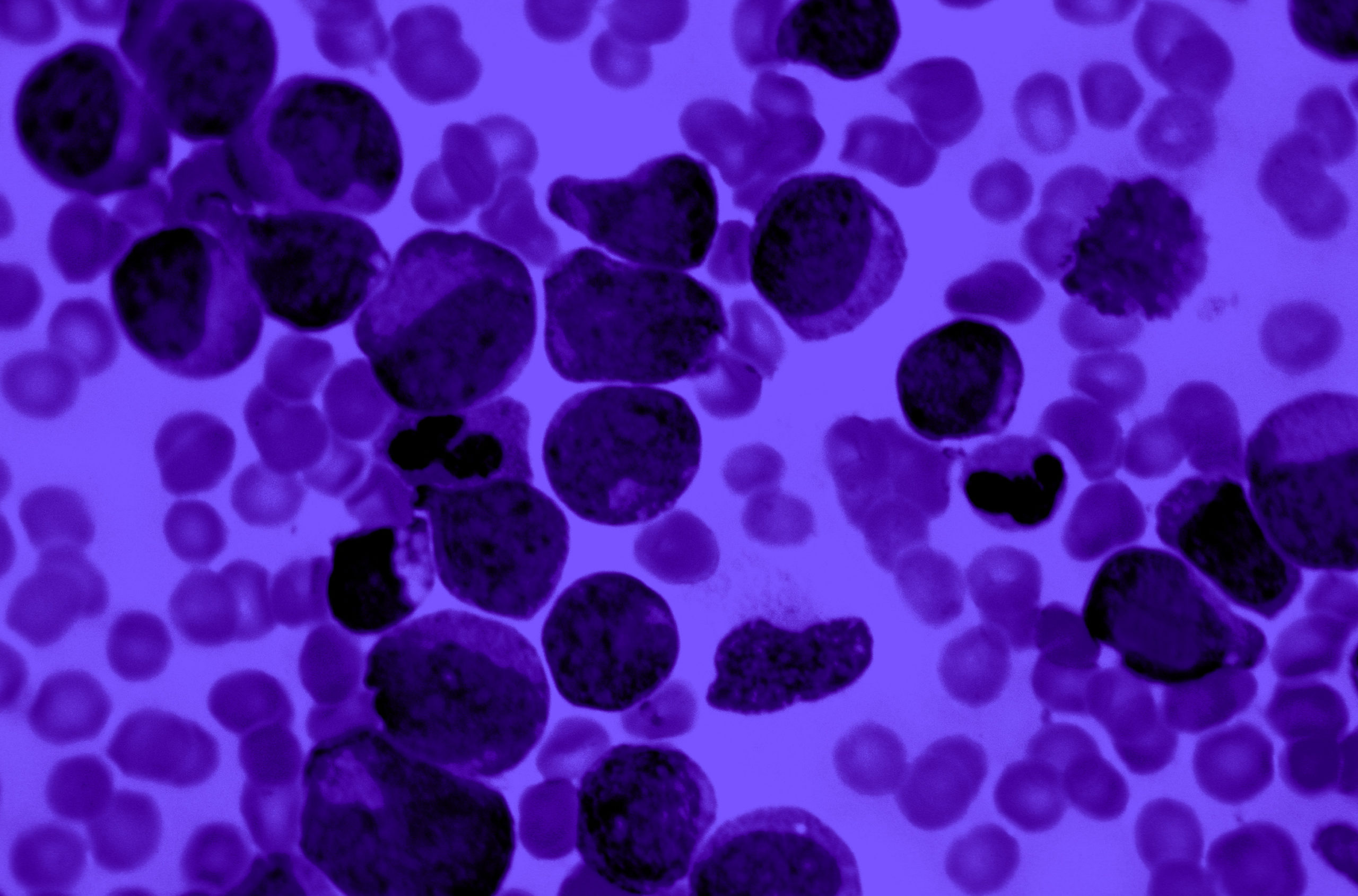Overview
Clinical trial sponsors face many challenges when medical imaging is used to evaluate the safety and efficacy of new medical treatments. These challenges are even more significant when the treatment is being developed for rare diseases. Medical imaging plays an important role in these trials as it provides a non-invasive way to assess treatment response.
As a requirement, most rare disease clinical trials are multicentre, and often multinational for sufficient patient recruitment, even in phase I and II trials. This can challenge clinical study protocol harmonization, the selection of appropriate biomarkers, ethical review, site IRB approval, indemnity, organization of clinical services, standards of care, and cultural diversity.
And, most diagnoses classified as rare diseases affect numerous body systems. It’s not unusual for a patient with a rare disorder to have symptoms and/or underlying disease that affects their cardiovascular, neurological, and respiratory systems, among others. As a result, the sponsor’s selected imaging partner should possess broad expertise across all therapeutic areas and a thorough understanding of the imaging modalities typically used across each rare disease and body system.
Additionally, as there are not many people living with the diagnosis, finding patients and keeping them engaged in clinical trials is critical. Trial sponsors can’t risk a patient dropping out of a study because imaging processes were not performed correctly (i.e, requiring the patient to repeat scans, etc.) or the imaging analysis were unreliable.
Significant progress has been made in our understanding of the biological basis of disease mechanism for rare diseases. This has been possible with the use of novel laboratory, analytical, and imaging techniques combined with the expertise and hard work of scientists and physicians taking care of these patients. Leveraging the expertise of these scientists and physicians is important while designing and executing rare disease clinical trials.
For these and many other reasons, trial sponsors need an imaging provider with a combination of robust, proven processes, extensive experience, and far-reaching scientific expertise for medical imaging to be used effectively and reliably during the clinical development of rare disease treatments.
Case Study – EoE
Background
Eosinophilic esophagitis (EoE) is a chronic, allergic inflammatory disease of the esophagus that occurs when eosinophil (a type of white blood cell) accumulates in the esophagus. The elevated number of eosinophils cause injury and inflammation to the esophagus, causing difficulties with eating or swallowing. Long-term consequences potentially result in poor growth and/or chronic pain. Both genetic and environmental factors are thought to play a role in the disease pathogenesis that impacts as much as 22.7 per 100,000 people worldwide, primarily adolescents and adults younger than 50 years.
Imaging in EOE
In EoE clinical trials, medical imaging is one of the key diagnostic tests used to screen subjects. Endoscopy video is the imaging modality of choice for the diagnosis of EoE, which makes EOE clinical trials uniquely complex. The video review of endoscopy in EoE studies requires special training of gastroenterologists, consensus agreement, and significant clinical experience in reading endoscopy videos, specifically for the assessment criteria EREFS (Edema, Rings, Exudate, Furrows, Stricture). Additionally, maintaining high quality video acquisition across global investigative sites is a unique challenge of EoE trials, as the endoscopy procedure is largely dependent on the endoscopist’s expertise and experience.
The EREFS guidelines aim to standardize a dependable way to quantify a diagnosis of EoE. While reproducibility is the goal of these guidelines for EoE in clinical trials and the clinic, there still exist challenges associated with getting experts to agree on the analysis in some cases.
Minimizing reader discordance and central-site reader discordance is one of the challenges in imaging clinical studies. At Calyx, we have developed a comprehensive reader selection and training program to harmonize the central review process for EoE studies and other rare disease indications. This program is enhanced periodically based on lessons learned from current studies as well as integrating feedback from expert readers.
Study Implementation
Calyx Medical Imaging played a vital role in multiple phase 2/3 EoE studies being conducted by a clinical trial sponsor seeking regulatory approval for an EoE treatment. The imaging data was critical to the sponsor’s success as it supported the studies’ key goal to enrich the EoE patient population in the study. To ensure the accuracy of the imaging reads, Calyx identified and recruited world-class gastroenterologists to participate as independent reviewers as part of the central read model.
Calyx established standardized guidelines for trial sites to utilize and follow, specifically regarding subject preparation, esophagus insufflation, and insertion/withdrawal rates. Furthermore, through collaborative efforts of peer-to-peer communications from the central reader to site investigator and facilitated by the Calyx Scientific and Medical team, we further enhanced overall study quality to minimize central-site discordance and improve longitudinal endoscopy acquisitions for the global trial.
Calyx Medical Imaging was also responsible for supporting assessment of all proximal and distal esophageal features and providing overall scores according to EREFS criteria by implementing a double read with adjudication read model. Continuous monitoring of reader performance through intra- and inter-reader agreement rates ensured the highest possibility of reproducibility throughout the study. Moreover, if there was discordance in the scoring of EoE cases, independent reviewer consensus meetings facilitated discussions between the readers and ensured the scoring criteria was applied consistently. These sessions emulated clinical practice in a trial setting by culminating in a final decision based on consensus agreement between all independent reviewers, leaving the sponsor highly satisfied
Results
Calyx’s Medical Imaging management of a comprehensive EoE training program for internal stakeholders and partners, led by internal scientific expertise and strong collaboration with KOLs delivered reliable imaging data demonstrating the efficacy of the sponsor’s compound. Calyx’s expertise was integral to the study’s success and subsequent regulatory approvals.
















